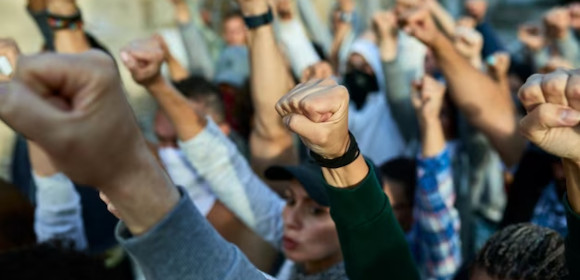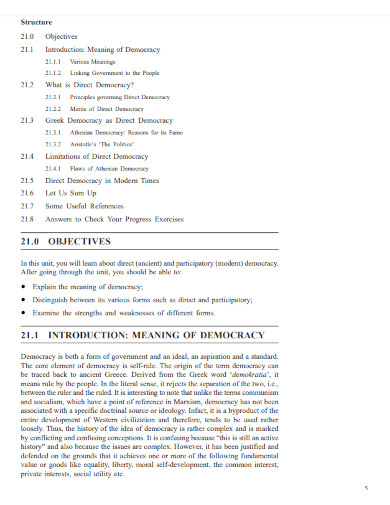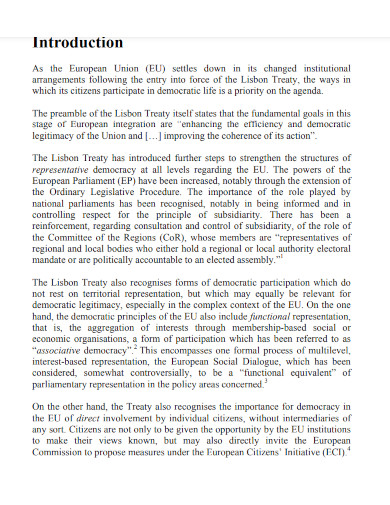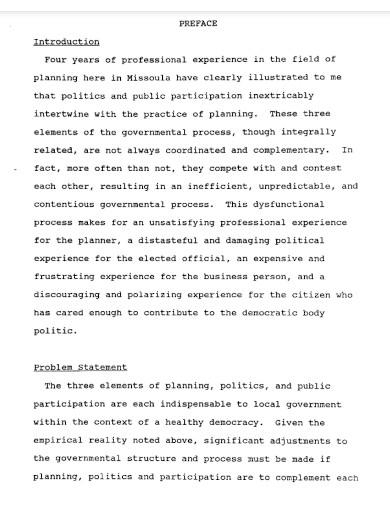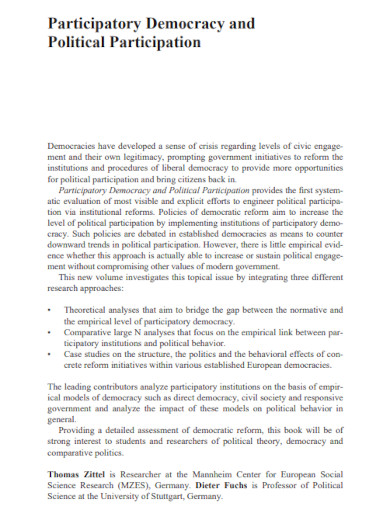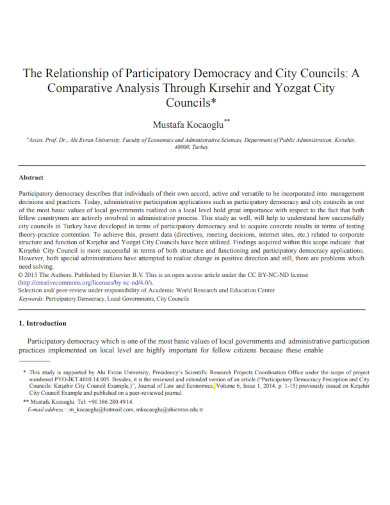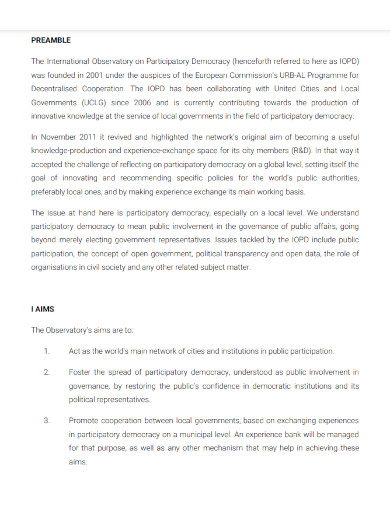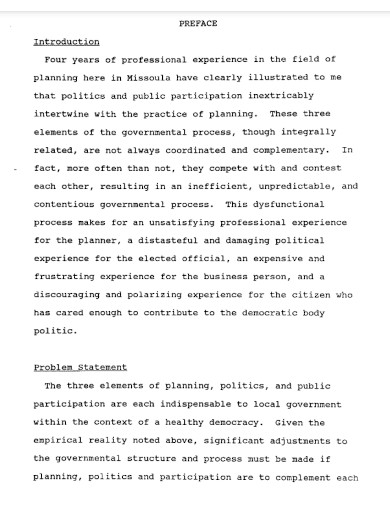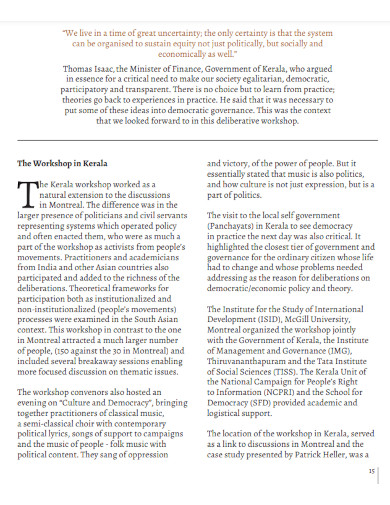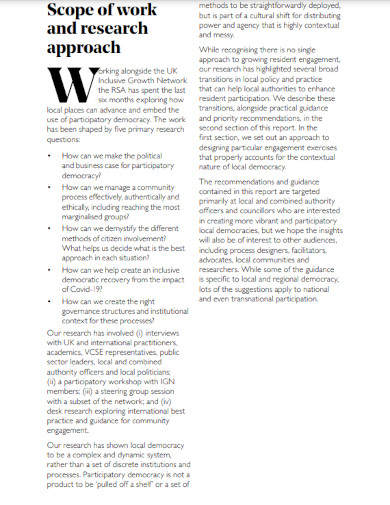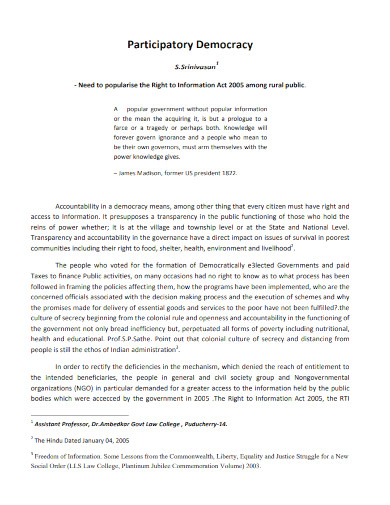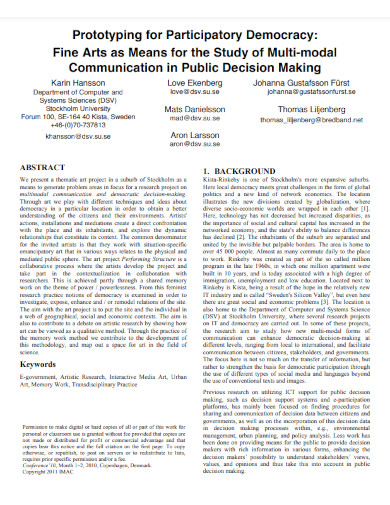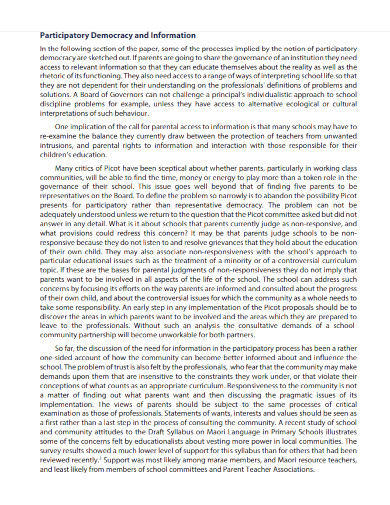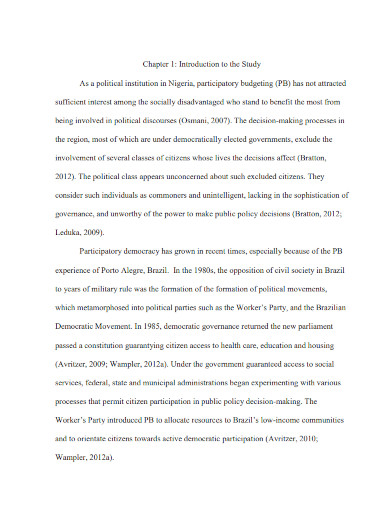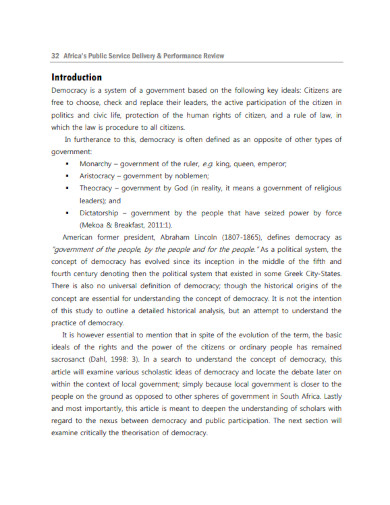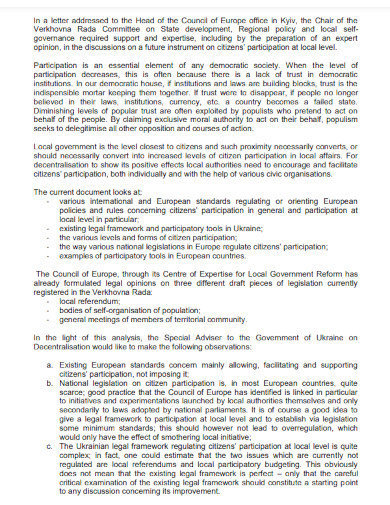Participatory Democracy Examples to Download
There are many types of democratic models a country can adopt, which will give its people specific liberties and powers that will affect the entire nation. Some of these specific models are called direct, deliberate, and participatory democracy.
1. Direct and Participatory Democracy
2. Direct and Participatory Democracy at Grassroots Level
3. Greening of Participatory Democracy
4. Participatory Democracy in Action
5. Participatory Democracy Template
6. Participatory Democracy and Political Participation
7. Relationship of Participatory Democracy
8. International Observatory on Participatory Democracy
9. Participatory Democracy at the Crossroads
10. Unpacking Participatory Democracy
11. Transitions to Participatory Democracy
12. Participatory Democracy in Theory and Practice
13. Sample Participatory Democracy
14. Prototyping for Participatory Democracy
15. Participatory Democracy and Information
16. Strengthening Participatory Democracy
17. Participatory Democracy & Service Delivery
18. Participatory Democracy Tools
What Is a Participatory Democracy
A participatory democracy is a democratic model or a category of democracy, wherein the country’s citizens have the power to directly affect the outcome and final form of a policy. But this type of democratic model will not allow the citizens to create or manufacture their policies.
How to Identify a Participatory Democracy
It is important to know what type of democratic model the country or state uses. This is because people should know what rights and powers the country has given to its citizens.
Step 1: Create a Table or Outline
Begin by making a table or outline where you will write down the different governmental characteristics the country has adopted. The table or outline will help create a structure you can use to easily note down the information you will use to identify the type of government the country has.
Step 2: Determine the Type of Government the Country Adopts
There are many different types of government a country can have in its infrastructure. For example, a government can have a unitary or communistic government. Determine the type of government the country has adopted and understand the leaders and the citizen’s sovereignty.
Step 3: Note the Different Powers the Citizens Have in the Country
Each country gives a specific amount of power to its citizens. For example, some countries rely on their citizens to manage the trade of commodities and products, commerce, and economy of said country. You must note what powers the government gives to its people as this will differentiate the type of government the country has.
Step 4: Determine the Subtype of Democracy The Country Adopts
People define participatory democracy as a specific type of democracy that allows its citizens to affect policies but not create policies of their own. If the country practices a democratic model, determine what subtype of democracy the country adopts.
FAQs
What is the difference between participatory democracy and democracy?
Democracy is a type of government that allows the people to elect their government leaders and officials into their appropriate office. This includes the president, the vice president, and the Senate. Participatory democracy, on the other hand, allows the people to choose their government leaders and can influence policy-making decisions in the government, which means that participatory democracy is a sub-type of democracy.
What are examples of countries or states with participatory democracy?
Participatory democracy is something that a country will adopt for a specific period. During the destruction of New Orleans, the citizens of that state had the opportunity to draft, approve, and make decisions in the rebuilding process of New Orleans. This means that any country can be a participatory democratic country, but the government will limit the citizen’s power to affect the policies.
Participatory democracy vs. direct democracy; what is the difference between participatory and direct democracy?
People categorize the sub-types of democracies into the various powers, themes, and contexts the citizens can choose and dictate the state of the government. Participatory democracy is a sub-type of democracy that allows the citizens to influence and affect policies. Direct democracy expounds on the liberties of participatory democracy by enabling the citizens to control and create their policies.
Participatory democracy is a temporarily adopted form of democracy that allows the citizens of a specific country or state to affect the policies the government attempts to pass. It is important to know the distinction between various types of democracies and the elements and power it gives to the citizens. Knowledge of this will allow citizens to utilize their freedoms and rights to ensure and advocate the policies the people want to support are passed or modified.


